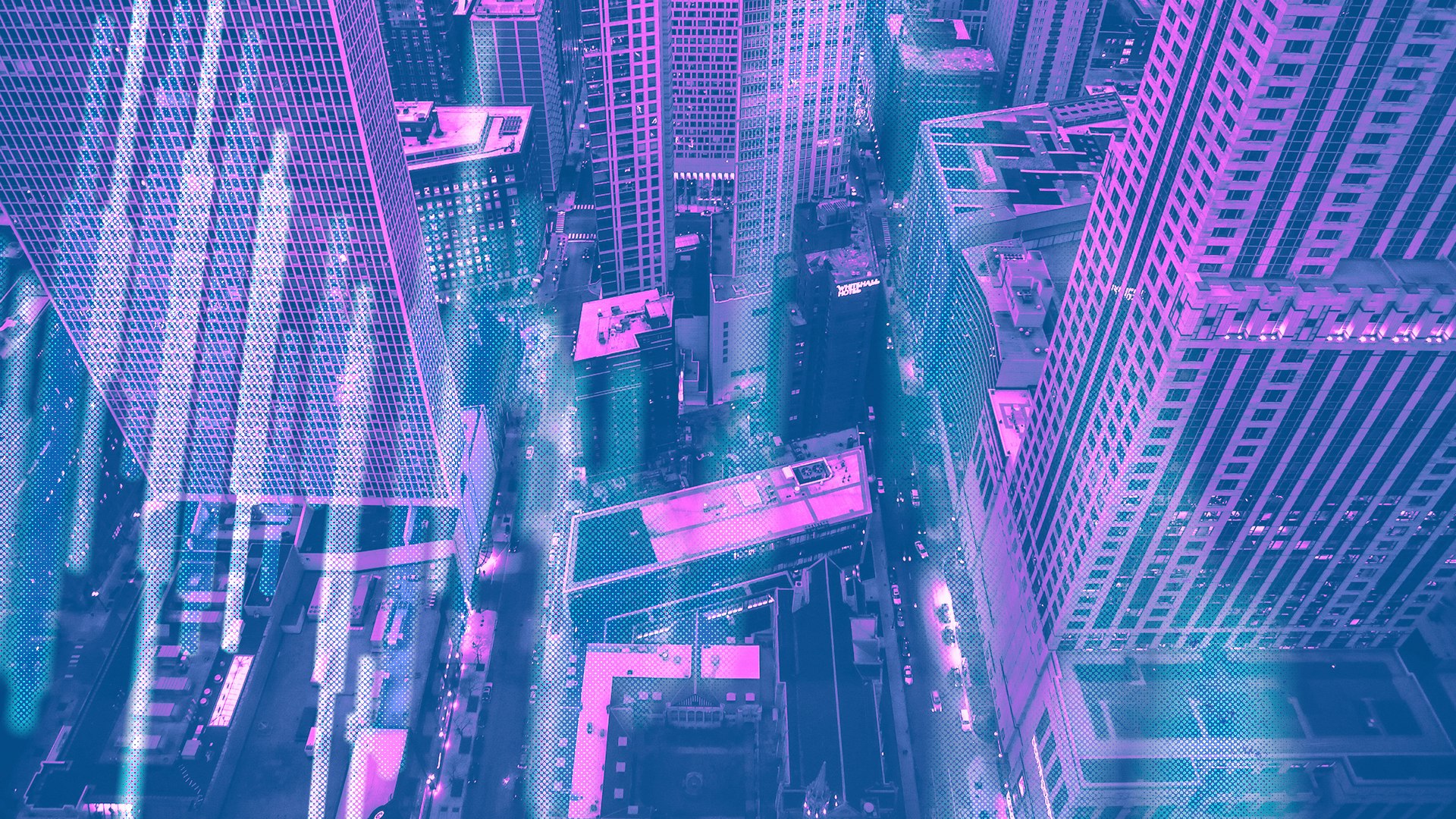Don’t invest unless you’re prepared to lose all the money you invest. This is a high‑risk investment and you should not expect to be protected if something goes wrong.
What is Real World Asset Tokenisation? Here is the Explainer
Learn how real-world asset tokenisation is transforming industries, solving problems, and creating opportunities.
In this article...
- Tokenisation addresses accessibility issues in traditional asset markets.
- It unlocks new possibilities for fractional ownership
- Learn what problems tokenisation solves.

If you own something valuable, like a painting, a house, or even a rare sneaker collection, this may interest you. What if you could turn that thing into a digital version that people could buy, sell, or trade online?
That’s the basic idea behind real world asset tokenisation. It’s a hot topic in today’s digital economy, and it’s shaking up how we think about owning and investing in material items.
What does "tokenisation" mean?
Tokenisation is creating a digital twin of something real. You take a physical asset and turn it into a digital token. This token exists on a .
You could also split the digital asset into smaller units. Each token represents a piece of that asset. For example, if you tokenise a £1,000,000 house, you could split it into 1,000,000 tokens worth £1 each. Then, people could buy those tokens and own a tiny slice of a digital representation of the house.
Why tokenise real world assets?
Real world asset tokenisation could solve some big problems and open up new possibilities.
Easier access to investing
Normally, investing in real estate or valuable art can require a large spend. Tokenisation lets people buy just a small part of something instead. So, even with £50, people could own a fraction of something valuable.
Faster buying and selling
Selling a house or a rare collectible can take months. There’s paperwork, lawyers, and waiting around. With tokens, it’s all digital, so trades could happen in minutes online.
More people can join in
Tokenisation makes it theoretically possible for anyone with an internet connection to invest.
Examples of Real World Assets
-A big apartment building might get split into thousands of tokens. You buy a few and theoretically could own a tiny piece of it.
-A famous painting worth millions is tokenised.
-Even traditional investments like stocks could get the token treatment for easier trading.
Are there any downsides?
Tokenisation has some challenges. If you’re not into tech, the blockchain part might feel overwhelming at first. And, like any investment, you could lose money if the asset’s value drops.
Also, laws need to catch up with what is being proposed. Governments are still figuring out how to regulate it.
Tokenisation is already technically feasible and has been demonstrated in various pilot projects globally. We’re in an early adoption phase. Proofs of concept, like the UK’s in 2019, which tokenised a property title in minutes, show the technology works.
The timeline hinges on overcoming several significant challenges, particularly in the UK, with its strict legal frameworks.
Tokenised assets blur lines between securities, property, and digital goods, creating uncertainty under existing laws. Are tokens securities requiring regulator oversight, or property governed by traditional rules? This ambiguity can be confusing.
Expect a gradual rollout. Niche markets will lead, with broader adoption following as trust and infrastructure mature.
Conclusion: Real World Asset Tokenisation
In the future, all sorts of assets could be tokenised. That’s anything from skyscrapers to rare comic books. And it could be a growing industry in the future, so it might be a good idea to keep an eye on the technology.

Suggested Articles
What is Bitcoin (BTC)? What is "Digital Gold" Used For?
What is Bitcoin? It is a digital currency that can be traded, exchanged, and used as a form of payment independent of central banks and governments.What is Ethereum? What is ETH Used For?
Ethereum is a decentralised blockchain-based open-source software platform that allows for the development of decentralised applications (dApps).What Is Crypto? How do Cryptocurrencies Work?
Crypto has become incredibly popular. But how does this digital currency work? And are there cryptos other than Bitcoin?Browse by topic



Cryptoassets traded on CoinJar UK Limited are largely unregulated in the UK, and you are unable to access the Financial Service Compensation Scheme or the Financial Ombudsman Service.
We use third party banking, safekeeping and payment providers, and the failure of any of these providers could also lead to a loss of your assets. We recommend you obtain financial advice before making a decision to use your credit card to purchase cryptoassets or to invest in cryptoassets. Capital Gains Tax may be payable on profits.
CoinJar’s digital currency exchange services are operated in the UK by CoinJar UK Limited (company number 8905988), registered by the Financial Conduct Authority as a Cryptoasset Exchange Provider and Custodian Wallet Provider in the United Kingdom under the Money Laundering, Terrorist Financing and Transfer of Funds (Information on the Payer) Regulations 2017, as amended (Firm Reference No. 928767).
Apple Pay and Apple Watch are trademarks of Apple Inc. Google Pay is a trademark of Google LLC.
This site is protected by reCAPTCHA and the and apply.